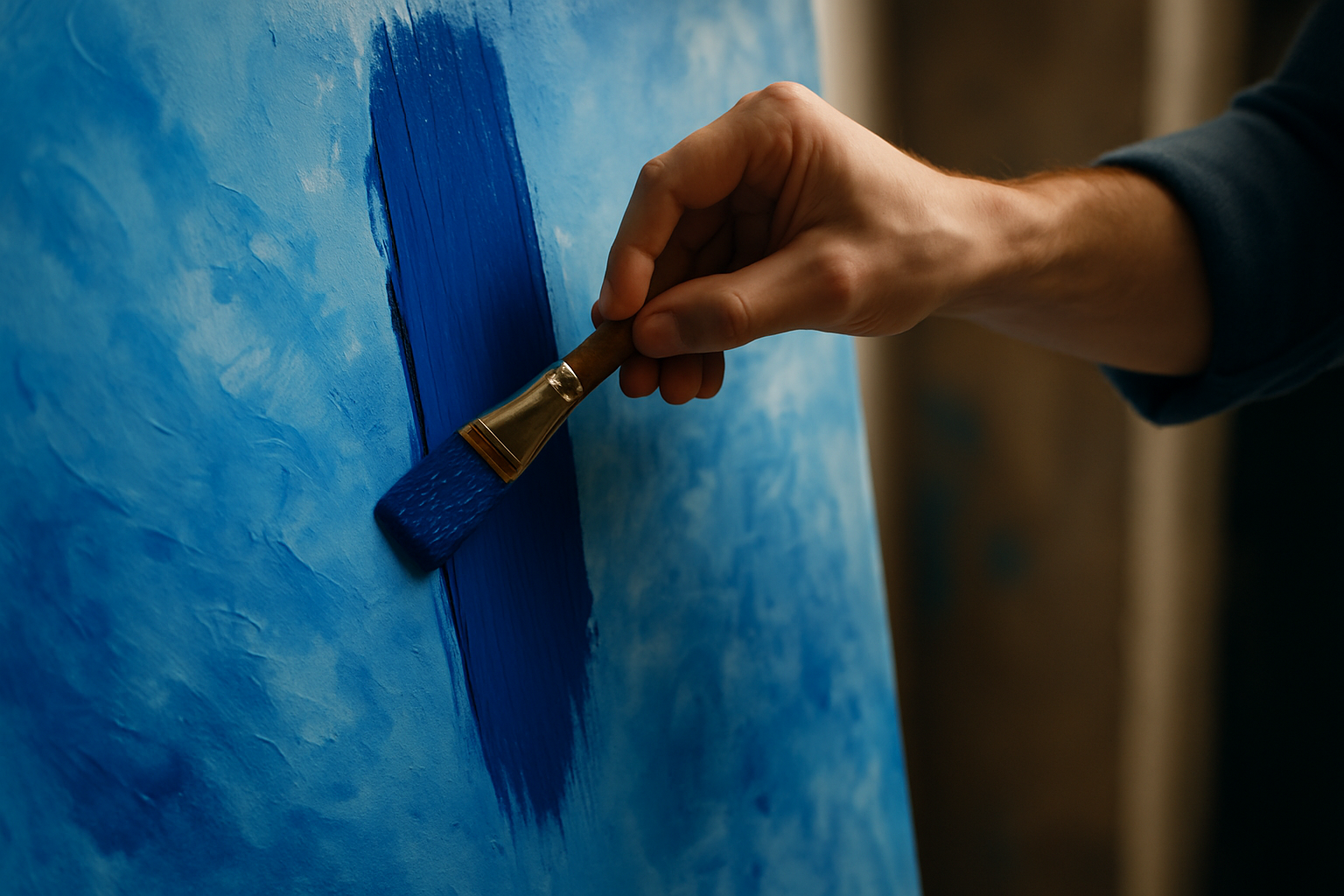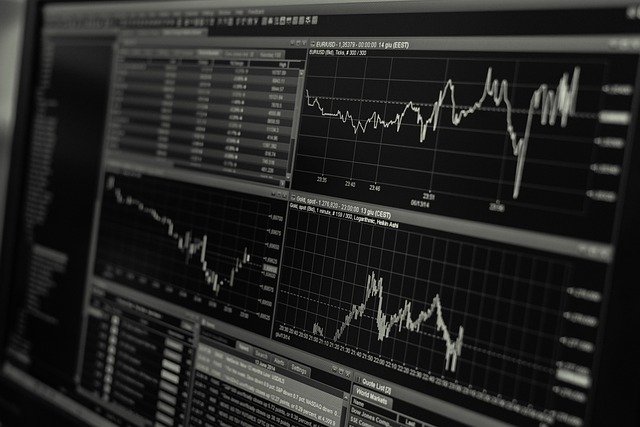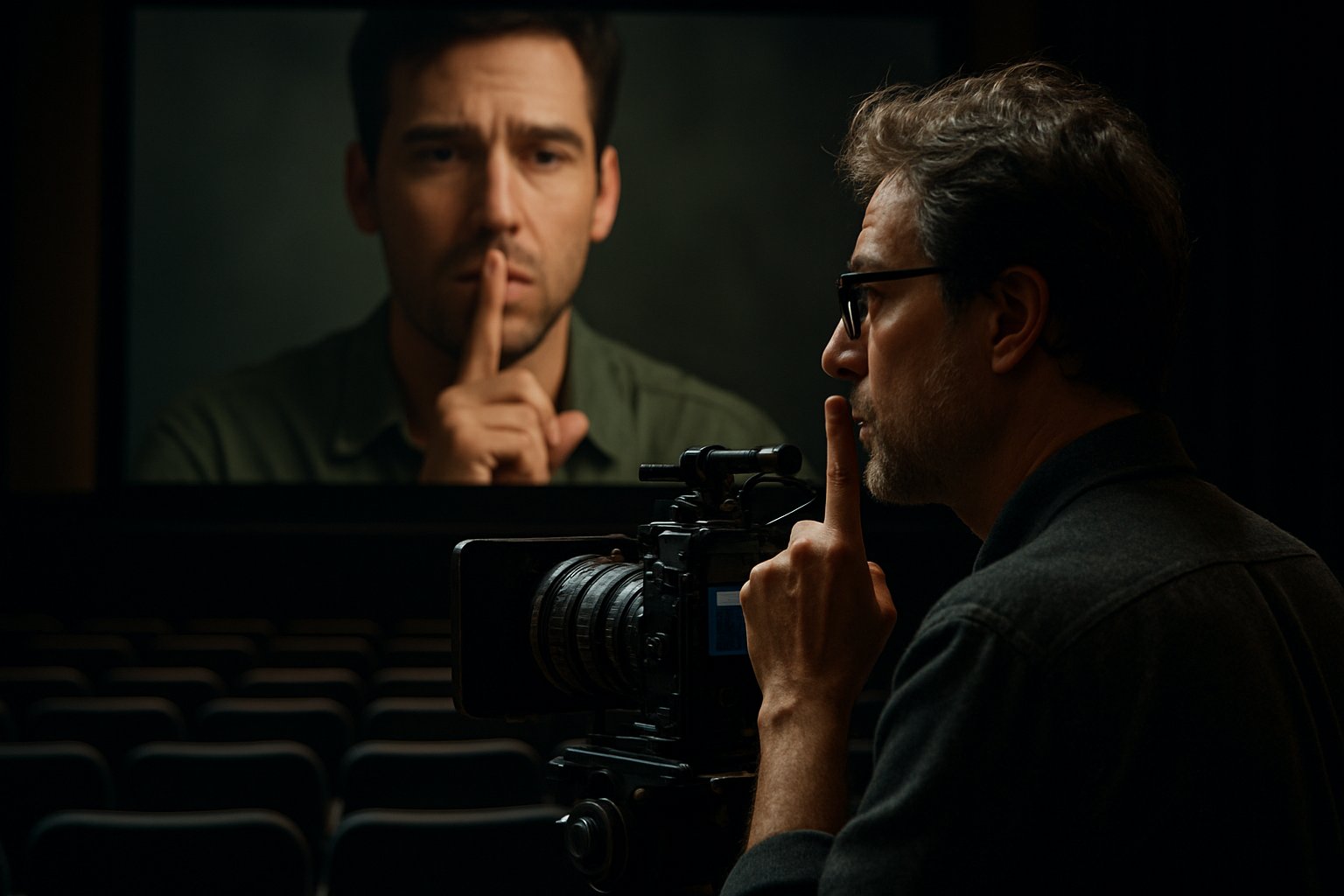Cerulean Strokes: The Emergence and Influence of Blue Art
Color has always been a profound element in the realm of art, with each shade capable of conveying a unique emotional response. However, one color has steadily carved its niche in the art world—blue. From the azure of the ocean to the sapphire of the night sky, blue has become a formidable force within the world of creative expression.

The Historical Blueprint of Blue
The history of blue in art is as deep as the color itself. Ancient Egyptians valued the color for its representation of the divine and the cosmic. Blue was a symbol of the heavens, the sea, and the Nile. However, the difficulty in creating the pigment limited its use in early art.
With time, blue became more accessible. In the Middle Ages, it was associated with the Virgin Mary, and the Renaissance saw it become a favorite among painters like Titian and Vermeer. The 19th century brought an explosion of blue in art, with painters like Van Gogh and Monet using it to evoke emotion and mood.
Azure in the Spotlight: The Present Scenario
Today, blue continues to be a dominant force in art. Contemporary artists, like Yves Klein and Damien Hirst, have even devoted entire collections to exploring the color. Blue has also seeped into other forms of entertainment, with films like ‘Blue is the Warmest Color’ and songs like ‘Blue Da Ba Dee’ capitalizing on the color’s emotional resonance.
The Impact and Significance of Blue Art
Blue art has left a lasting impact on both artists and audiences. For creators, it offers a broad spectrum of tones and hues to explore various emotional landscapes. For viewers, blue art can evoke feelings of calm, sadness, or introspection. It’s a color that, despite its ubiquity, never fails to make a powerful statement.
Reception and Influence of Blue Art
Artists who have dared to dive into the depths of blue have been met with critical and popular acclaim. Yves Klein’s monochrome paintings, for instance, have become iconic within modern art. Similarly, audiences have been drawn to blue-infused films and music, resonating with the color’s ability to capture complex emotions.
In conclusion, the emergence and influence of blue art is a testament to the power of color in creative expression. From its humble beginnings in ancient Egypt to its modern-day prevalence, blue has proven to be more than just a color—it’s a tool, a symbol, and a narrative device that continues to shape the landscape of art and entertainment.





